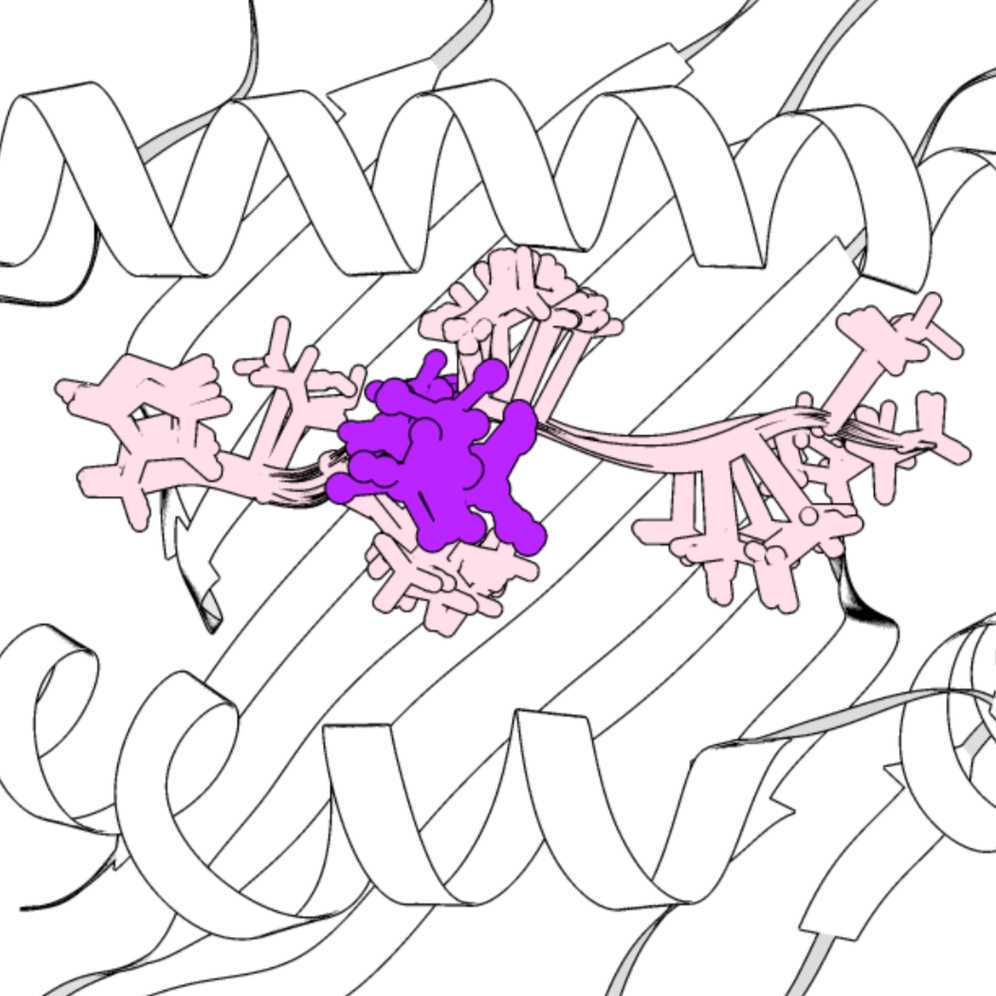Nov 08, 2020
Activation of Human T cells with Phytohaemagglutinin (PHA)
- 1Memorial Sloan Kettering Cancer Center

Protocol Citation: Zaki Molvi 2020. Activation of Human T cells with Phytohaemagglutinin (PHA) . protocols.io https://dx.doi.org/10.17504/protocols.io.bpigmkbw
License: This is an open access protocol distributed under the terms of the Creative Commons Attribution License, which permits unrestricted use, distribution, and reproduction in any medium, provided the original author and source are credited
Protocol status: Working
We use this protocol and it's working
Created: November 08, 2020
Last Modified: November 08, 2020
Protocol Integer ID: 44328
Disclaimer
DISCLAIMER – FOR INFORMATIONAL PURPOSES ONLY; USE AT YOUR OWN RISK
The protocol content here is for informational purposes only and does not constitute legal, medical, clinical, or safety advice, or otherwise; content added to protocols.io is not peer reviewed and may not have undergone a formal approval of any kind. Information presented in this protocol should not substitute for independent professional judgment, advice, diagnosis, or treatment. Any action you take or refrain from taking using or relying upon the information presented here is strictly at your own risk. You agree that neither the Company nor any of the authors, contributors, administrators, or anyone else associated with protocols.io, can be held responsible for your use of the information contained in or linked to this protocol or any of our Sites/Apps and Services.
Abstract
Activating T cells with Phytohaemagglutinin (PHA) is a cheap and easy way to initiate a culture of rapidly growing T cells from human samples. PHA-activated T cells, or PHA blasts, can be used for downstream applications such as transduction (e.g. of a CAR or TCR) or as target cells for CTLs since they express sufficiently high levels of HLA class I. An especially useful application is for QCing a batch of frozen PBMCs -- if PHA blasts do not grow in 5 days from a given batch, then it is unlikely that such cells are in adequate condition for more sensitive in vitro applications. I describe here how I like to make them.
Resuspend PBMCs at 2e6 cells/mL in complete medium (e.g. IMDM + 2mM L-Glutamine + 10% FBS). Add PHA to a final concentration of 5-10ug/mL (PHA-L or PHA-P both work in my experience). Incubate for 5 days in an appropriate vessel for your culture size (both flasks and plates will work, even if the latter is not TC coated).
Incubate for 5 days at 37C.
On day 5-6, growing clusters and acidified media should be visible by naked eye. Count cell density. If density is over 1e6 cells /mL, adjust to 1e6 cell /mL with media. If density is at or below 1e6 cells/mL, spin down half of the culture and resuspend in the same volume with fresh media. Add IL2 to a final concentration of 50U/mL. Incubate for 2-3 days.
After 2-3 days, and every 2-3 days thereafter, add IL2 to a final concentration of 50U/mL (always assume all of the IL2 from previous feedings is completely consumed). If cell numbers drop, increase IL2 dose by 50U/mL. Use this increased dose for subsequent feedings. Around day 10-14, restimulate cells with 5-10ug/mL PHA if you will not be freezing them.
By day 10, I usually observe that CD4 T cells preferentially grow compared to CD8 T cells (CD4:CD8 of > 70:30), and such CD4 T cells express moderate to high levels of HLA class I, making them ideal for assay of class I-restricted effector cells. Phenotype may change depending on inclusion of other cytokines in addition to IL2, such as IL15 or IL7. Enjoy your PHA blasts!
